At North Korea’s first party congress in 36 years, the country’s leader is showing why he’s the man to defend his people.
As delegates take their seats inside an elaborately festooned hall in Pyongyang this week, one question looms: What will happen at the Seventh Party Congress, North Korea’s biggest political convention in 36 years?
So cloaked in mystery is North Korea’s political machinery that very few details have emerged about the ongoing party congress, a rubber-stamp gathering of delegates that historically has served as a stage for the unveiling of key ideological movements put forth by the leadership. Major developments from this congress may not be revealed until the event ends in a few days’ time, if they are formally announced at all. (Foreign journalists brought in for a propaganda tour of the city were shut out of the congress hall.)
The significance of this event — the seventh party congress since the 1949 founding of the ruling Workers’ Party of Korea (WPK), and the first since October 1980 — is that it is leader Kim Jong Un’s big chance to hold court at his nation’s most important political gathering. The parts of his May 6 congress speech that have been released show Kim praising the “magnificent and exhilarating” of his country’s nuclear program — a program for which he is at least partially responsible. He will also be seeking to cement his place in history by outlining the policies and ideology that will define his era of leadership and serve as a blueprint for the country’s future.
For outsiders, it will be the best chance yet to decipher how this 33-year-old leader — who took power in December 2011 following the death of his father, then-leader Kim Jong Il — plans to lead his nation out of poverty and diplomatic isolation after a series of increasingly threatening nuclear provocations.
Kim, the third generation in the family dynasty to rule North Korea, will be leaning on the legacies of father Kim Jong Il and grandfather Kim Il Sung to legitimize his claim to leadership. The party congress is hewing closely to past precedent, but with a modern twist — making it helpful to look back at the 1980 congress, as well as previous congresses, to gauge what might be happening behind closed doors.
Foreign media accounts and history books contain scant information about what took place at the Sixth Party Congress, convened by then-President Kim Il Sung — though historians see it as the event where he officially anointed Kim Jong Il as the future leader of North Korea. In contrast, Kim Jong Il’s official biography — titled, simply, Kim Jong Il: Biography — provides a surprisingly cinematic and detailed account of Kim Jong Il’s alleged behind-the-scenes activities in the days leading up to the congress. According to the three-volume tome, which must be taken with a grain of salt as it is propaganda, Kim Jong Il proposed redrafting party rules to enshrine his father’s “Juche” philosophy — a homegrown ideology of self-reliance that combines Korean nationalism with socialism — as the defining feature of national identity.
The congress was also a massive spectacle. Looking at how the regime celebrated in 1980 will give us a hint to how this year’s festivities may unfold. According to his biography, Kim Jong Il’s vision for celebrations called for:
- 6,000 delegates to the congress (though the actual number ended up around 3,000)
- 1 million citizens for a Pyongyang parade (“an occasion for the people to express their loyalty to the president”)
- 50,000 gymnasts for the mass games
- 15,000 performers for an evening extravaganza
- 10,000 fireworks in the space of 50 minutes
- 300 flower-bedecked boats sailing along the Taedong River, which flows through Pyongyang.
In the months leading up to the congress, Kim Jong Il also ordered a “speed campaign” calling on North Koreans to fulfill a year’s quota of work within 100 days, with a special focus on transforming Pyongyang into a “socialist fairy tale.” A second campaign called for the mass production of consumer goods — shoes, underwear, watches, cosmetics, and even refrigerators — to be distributed to the people during the party congress.
Back then, the 39-year-old and apparently indefatigable Kim Jong Il “greeted the dawn in his office” after staying up all night poring over congress plans. Then he inspected a construction project; directed a mass games dress rehearsal; visited the department store to examine new consumer goods; stopped by the Korean Central News Agency (KCNA), the state’s news agency; and surveyed new construction downtown. Even as the sun was rising on another all-nighter, Kim Jong Il — a notorious movie buff — managed to squeeze in a screening of a new feature film (the text doesn’t say which one). No surprise, then, that when the party congress opened a few days later, the future leader of North Korea looked “haggard.”
On the first day of the congress, Kim Il Sung gave a five-hour speech laying out the party’s successes. Delegates took the next day off for the million-people parade. Over the next three days, delegates adopted the revisions Kim Jong Il drafted that tweaked regulations about party leadership and expanded ideological education. Those regulations may sound insignificant or bureaucratic, but they helped further entrench the Kim family’s hold on power and solidified the nationalistic bent of the country’s political and economic system.
Indeed, party congresses have served as a stage for most of the defining moments in North Korea’s short but dramatic political history. The first congress — held in 1946, a year after Korea’s liberation from Japanese colonial rule — served as the inauguration of the WPK, which has ruled North Korea since its inception. The previous year, the Soviets had installed the 34-year-old guerrilla fighter Kim Il Sung as their man in Pyongyang. Contemporaneous photos show him smiling confidently in a Western-style suit and tie, with a version of the haircut Kim Jong Un sports today. It is no coincidence that Kim Jong Un, presiding over his own first party congress, put on a Western-style suit and tie on May 6 in favor of the Mao-style suit he typically wears. The references to his revered grandfather are deliberate.
The first post-Korean War party congress in 1956 formalized the importance of Kim Il Sung’s recently unveiled Juche philosophy. At the Fourth Party Congress, in 1961, Kim announced an ambitious seven-year economic plan. And at the Fifth Party Congress, in 1970, Kim Jong Il, then a party propagandist, instructed officials to distribute the first “loyalty” badges bearing Kim Il Sung’s image to delegates. The pins should be red, he allegedly said, to honor “the blood of the Korean communists,” and worn over the delegates’ hearts. Today, nearly every North Korean wears a now-iconic loyalty badge featuring Kim Il Sung or Kim Jong Il, or both.
Like his father and grandfather before him, Kim Jong Un ordered a “speed campaign” that had North Koreans toiling for 70 days and 70 nights to weave, plant, build, invent, and farm well beyond their yearly quotas. Like his father, he has been making the rounds to inspect a notebook factory and new construction in the capital. However, his guidance has also included overseeing the test-fire of a submarine-launched ballistic missile in April — a telling shift in priorities compared to his father.
Sixty years after his grandfather introduced Juche, Kim Jong Un will likely promote his brand of socialism, Kimilsungism-Kimjongilism (trust me, it sounds better in Korean). It’s an ideology that celebrates the contributions of both his father and grandfather, and cements his position as the third-generation heir to the Kim family dynasty. Party congresses have also been a chance to address factionalism, and to sweep out the old guard and bring in the new: North Korea watchers in Seoul speculate Kim will promote his younger sister, Kim Yo Jong, to a key party position as a way to further cement the Kim family’s hold on power.
More relevant for Americans, Kim Jong Un is expected to promote and further detail his vision for “pyongjin,” a two-pronged path of pursuingnuclear weapons alongside economic development. Indeed, Kim Jong Un’s special touch for this congress has been to bring nuclear bombs and ballistic missiles into the celebration. Without the 20 years of grooming his father had, the young leader needs a fast and powerful way to show he has the guts and vision to lead — and defend — his country for decades to come.
In the months following the October announcement of the Seventh Party Congress, the regime twice test-fired submarine-launched ballistic missiles, conducted a nuclear test, and launched a long-range rocket. A nuclear-tipped missile capable of threatening the United States is his political calling card, and the months of illicit and provocative nuclear and ballistic missile tests were part of a meticulously orchestrated plan to ensure Kim Jong Un arrives at the party congress in a blaze of glory. Indeed, Kim opened the congress by laying out the list of nuclear and ballistic missile successes.
It’s not surprising that North Korea went more than three decades without a congress. These are costly affairs for an extremely poor country — not to mention the human toll of the speed campaigns and mass games, and the deepening diplomatic isolation that accompanies each nuclear test. The bombs, the missiles, the parades, the performances, the construction: They’re all part of an investment the regime is making to enforce and inspire unity at home, and to ensure loyalty to a family determined to hold onto power for decades to come.

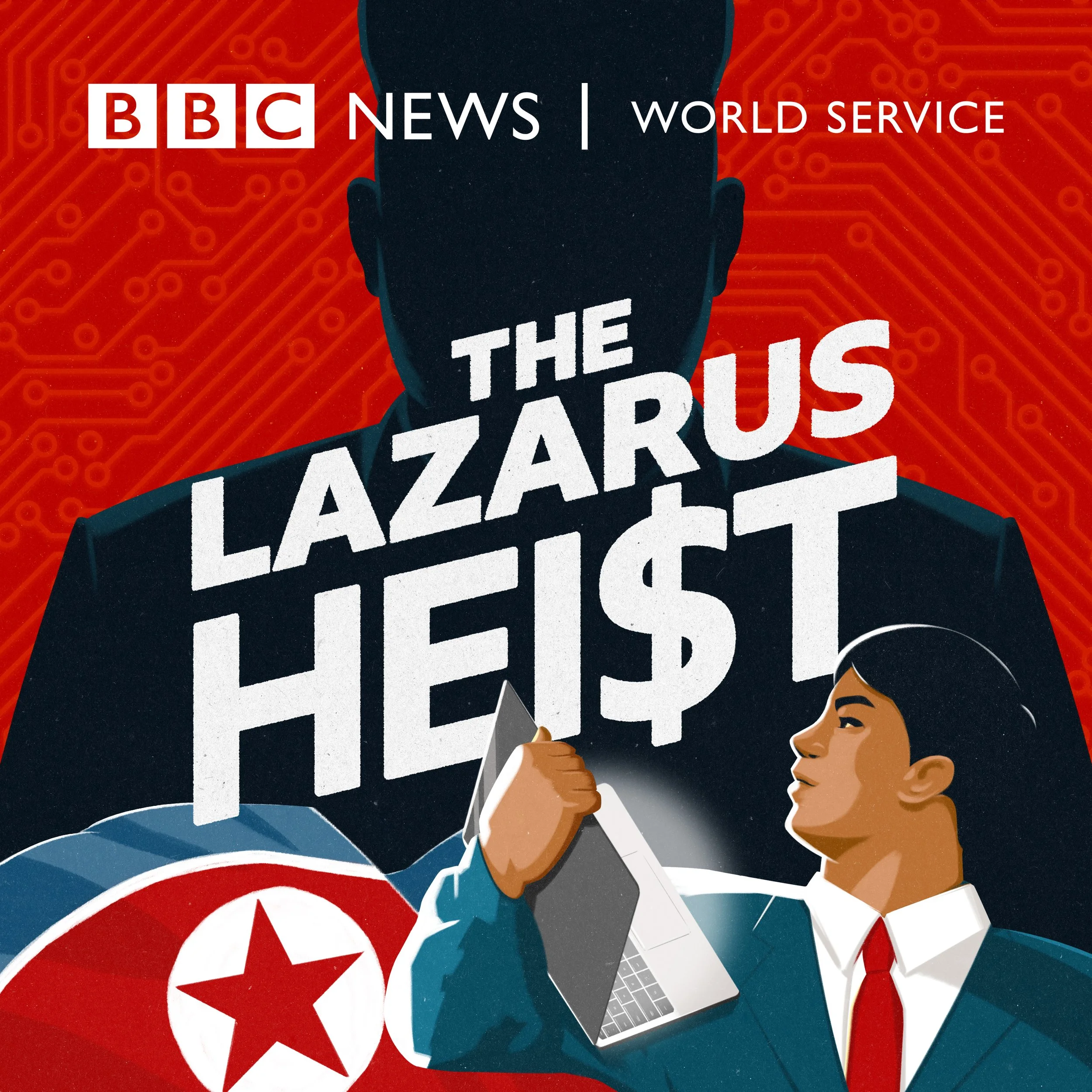

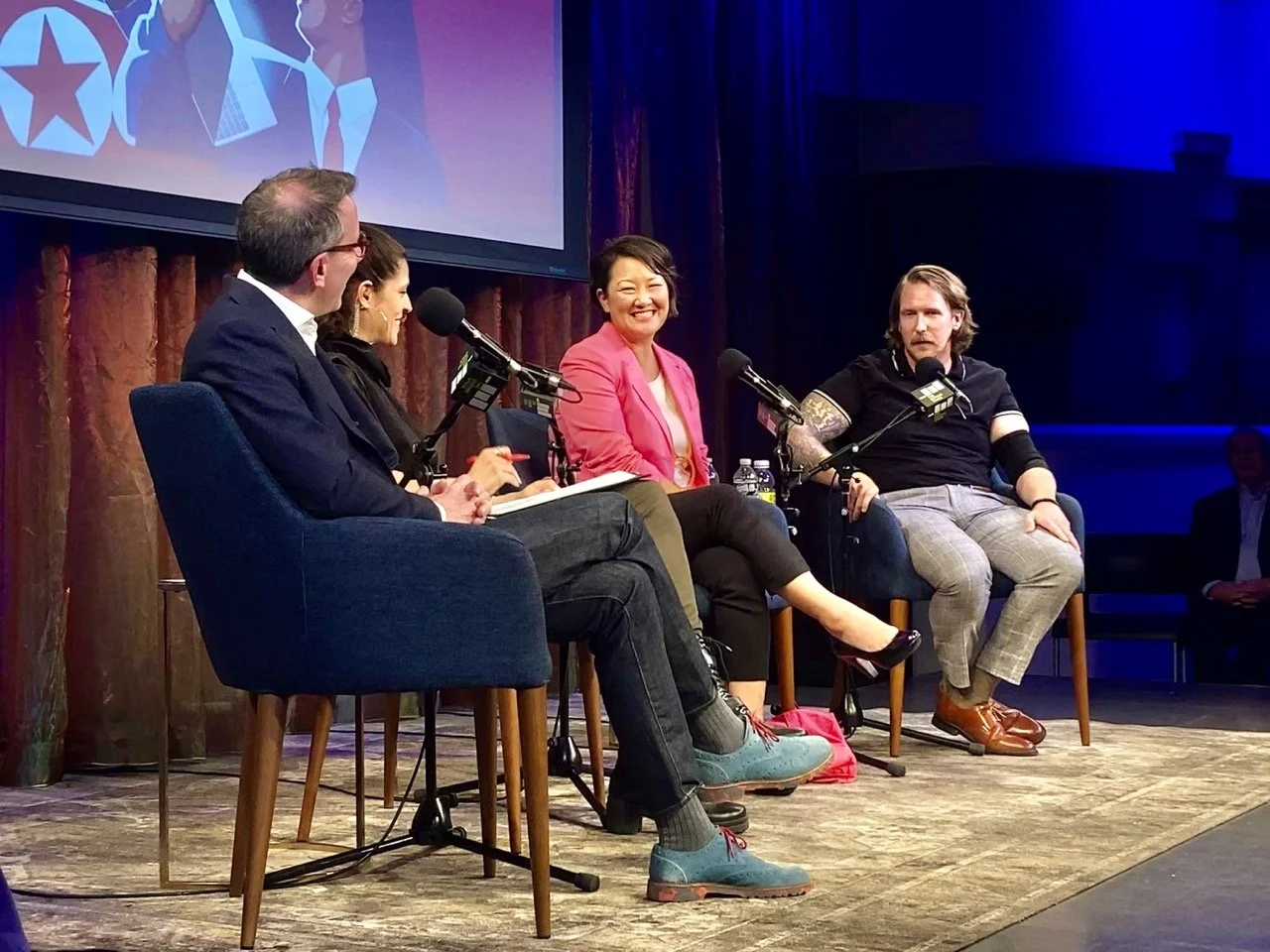
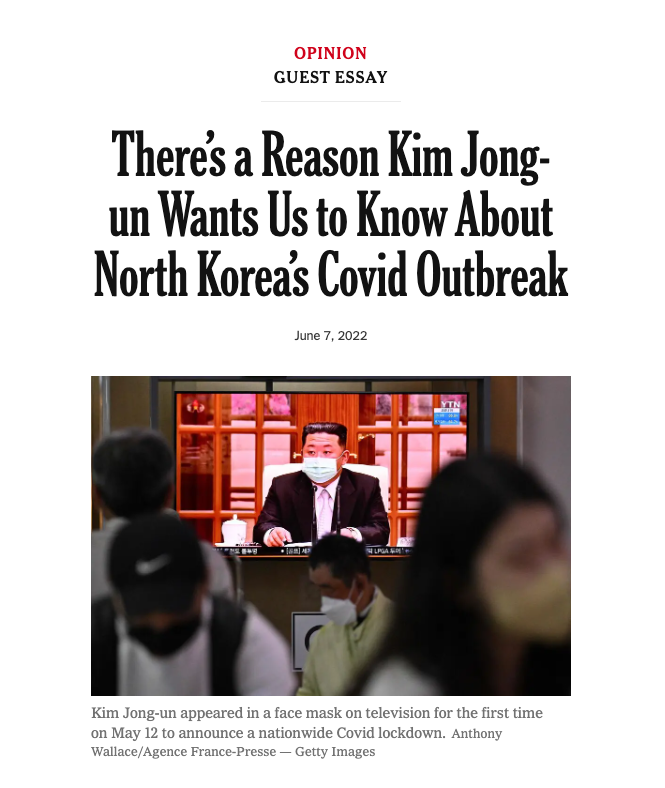

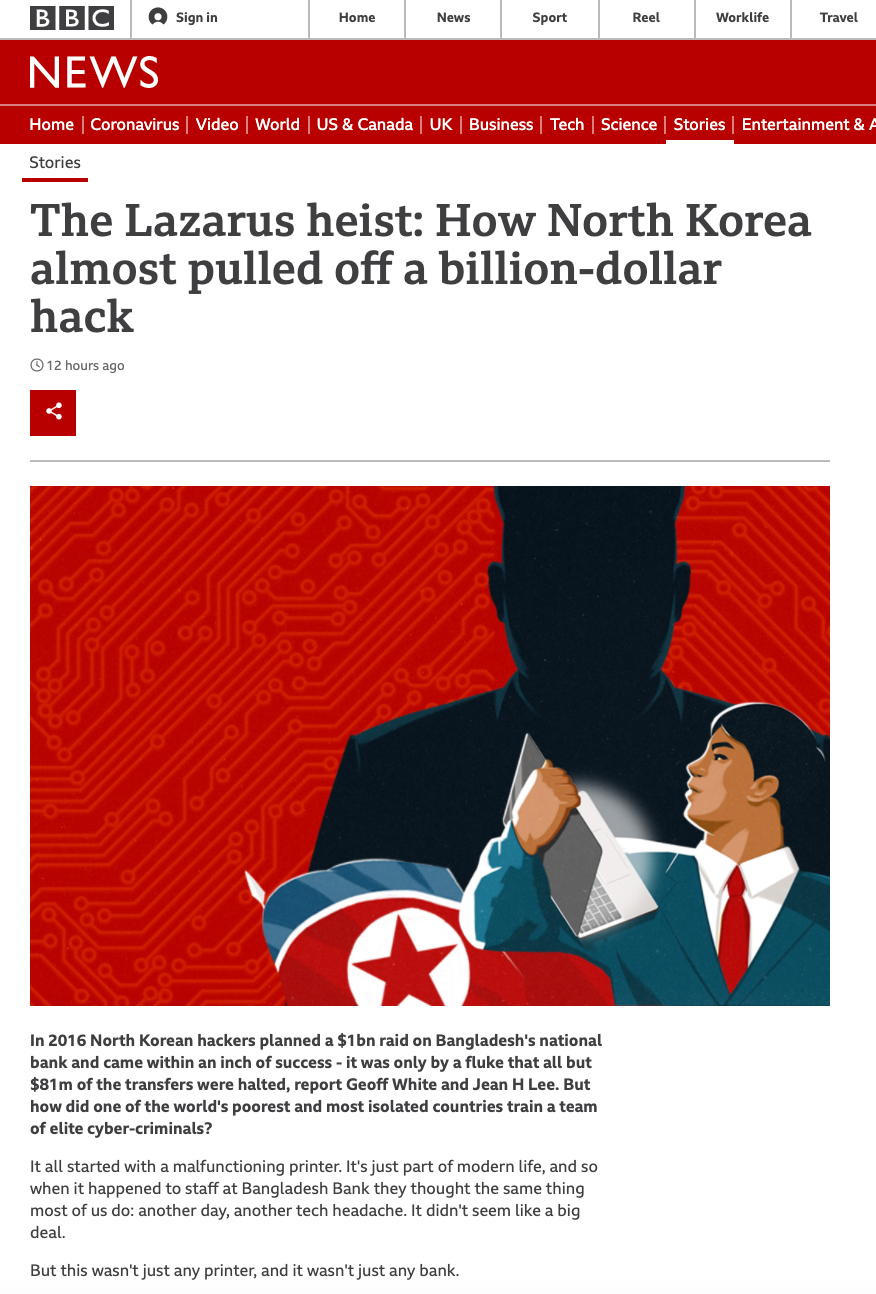
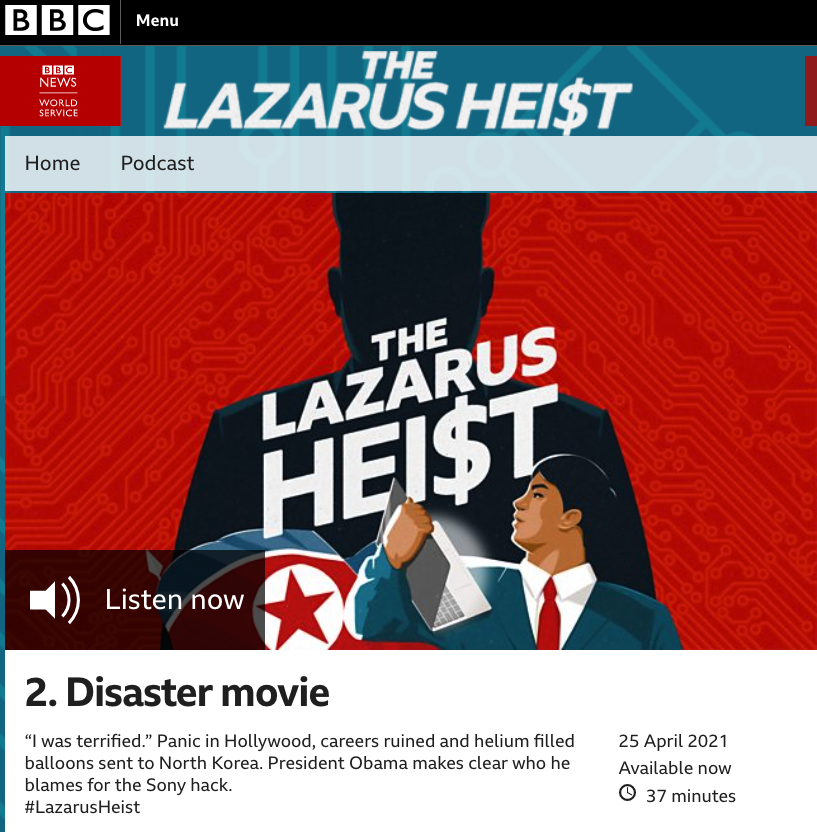












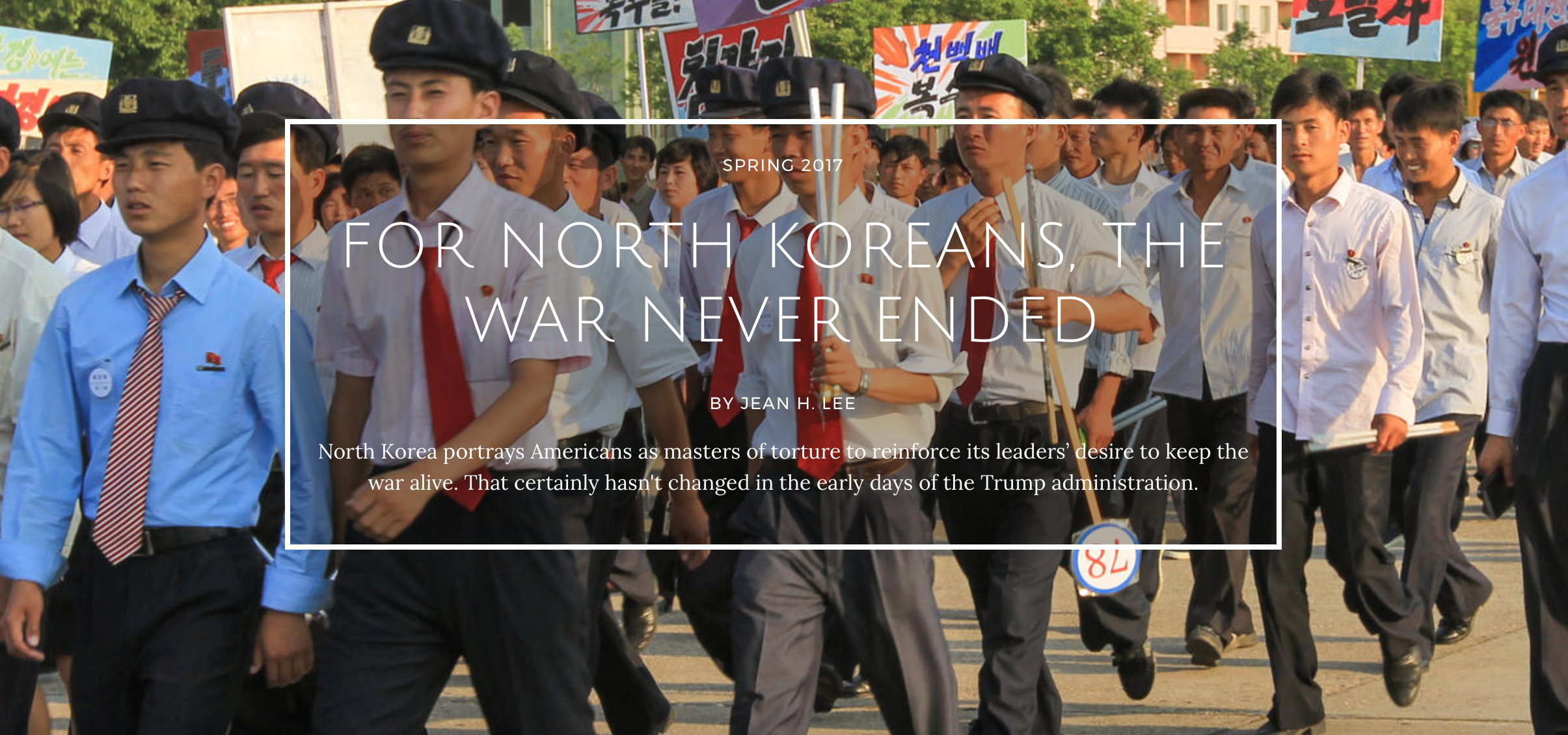


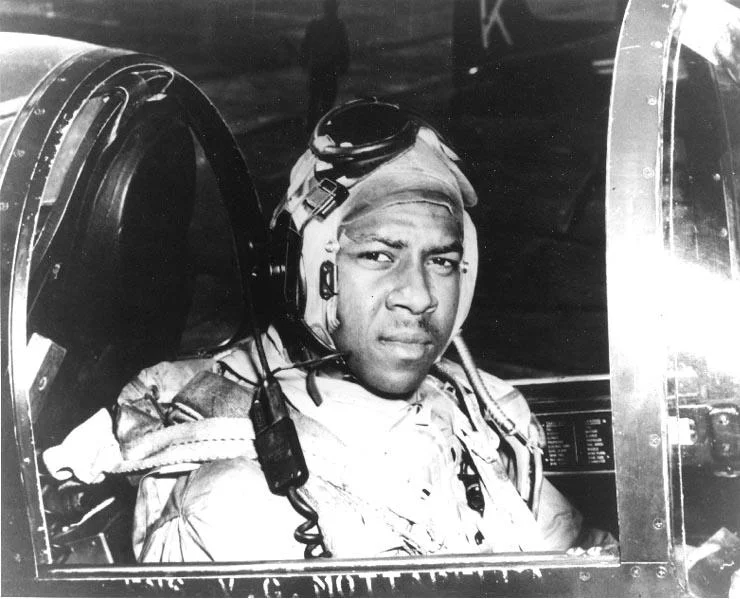
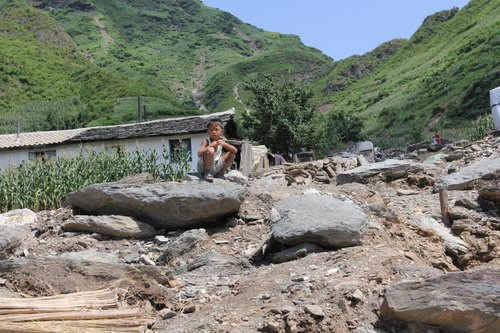





Download all episodes of The Lazarus Heist, watch Lazarus Heist animations, read our feature story about the hackers and view visualizations of the podcast episodes on Lazarus Heist homepage on the BBC World Service website!